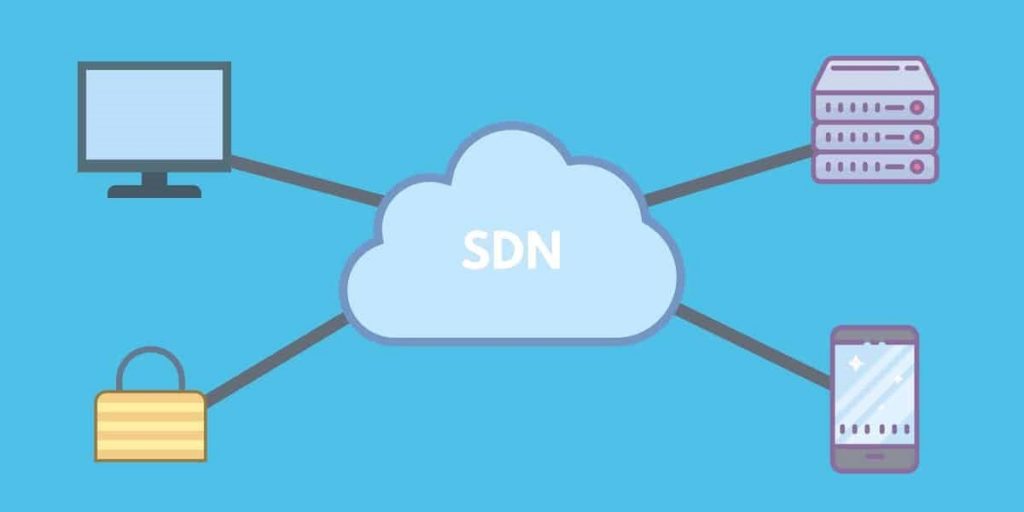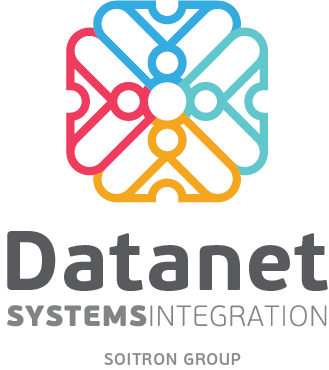12 years after the launch of the concept, Software-Defined Network (SDN) is a mature technology that helps IT departments manage the network infrastructure and the applications and services they deliver. For this, the software architectures of the Software-Defined type achieve a separation between the level of control (in which the effective management of the network policies is performed) and the “physical plan” of the equipment (switches, routers, etc.) which define the mode of data packet movement in the network no longer need to be entered manually on each device, each time a change occurs, but are defined centrally and applied automatically using the SDN controller.

This translates into a decrease in operational effort, improved agility and reduced configuration errors. It is a radical change in the way the network operates, which fully demonstrates its value in the case of organizations that own and operate complex and distributed on-premises infrastructures, but also hybrid architectures, which integrate public cloud environments.
Reasons for the adoption of SDN
However, the benefits of SDN are not limited to the direct operating gains listed above. The strongest arguments are:
- Extended visibility and control over the infrastructure. With the acceleration of the digital transformation phenomenon, IT infrastructures become more and more complex, and their monitoring and control – more and more difficult. SDN technology solves these problems by using a single management console, which gives IT departments the opportunity to benefit from extended visibility over the entire network, in their own data centers and in the Cloud, along with the possibility of defining and implementing policies on the use of this network, without the need to purchase adjacent monitoring solutions.
- Increasing operational efficiency. SDN solutions significantly reduce the operational effort of IT teams and increase the speed of execution of operations, by the fact that much of the current activities that were performed manually by the team of datacenter administrators are performed automatically by the central software application in the SDN architecture. At the same time, simplified procedures allow tasks to be performed by team members who do not have niche certifications. Last but not least, automation simplifies network equipment replacement operations, with the SDN solution automatically identifying and enforcing the appropriate configuration rules.
- Improved security.SDN solutions ensure a higher level of security through centralized control of how data flows transit the network, the conditions under which equipment and applications communicate with each other, and the consistent application of policies across the infrastructure. In addition, the Software-Defined architecture model natively integrates advanced network segmentation capabilities, allowing applications and equipment to be divided into distinct groups, with specific rules that control how they communicate with each other, rules that can be extended from on-premises infrastructures to multi-cloud environments.
SDN for data centers in the Cisco portfolio
The SDN solution for Data Centers is currently dominated by Cisco, with the Application Centric Infrastructure (ACI) solution leading for six consecutive years. The competitive advantages of Cisco ACI are represented by:
- the maturity of the solution, which this year reached version 5 ;
- a complete offer, the software component being completed by a portfolio of dedicated hardware solutions;
- the numerous use scenarios covered by a wide variety of architectures: ACI Multi-Pod allows the rapid expansion of existing infrastructures and their unitary management; ACI Multi-Site provides centralized management of one or more data centers; ACI Cloud facilitates the integration of on-premises infrastructures with public Cloud environments in hybrid scenarios, etc .;
- large customer base, over 45,000 globally, who have proven that by using ACI, they can achieve gains such as reducing application development time by 90% and the cost of hardware purchases by 20%.
Among the local companies that switched to SDN, there is also Raiffeisen Bank Romania, which, following the implementation of Cisco ACI, obtained a 30% reduction in operating time. (The case study can be read in full here)
 Simplify and accelerate migration to...
Simplify and accelerate migration to...
